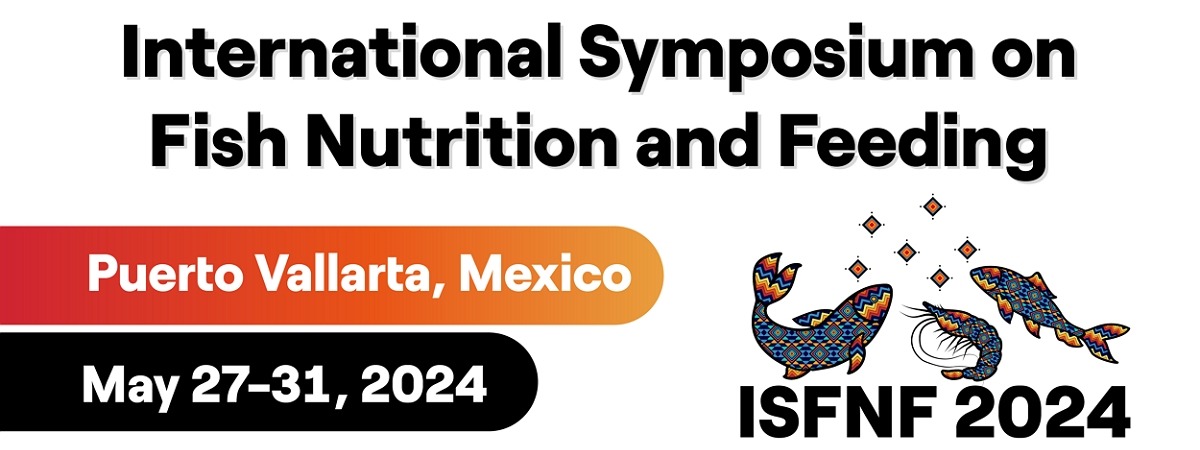Visitas: 113
Myanmar shrimp and prawn exporters are facing a growing shortage of supplies due to the erosion of their natural habitats and unsuccessful breeding techniques, according to a report analysing exports to Japan supported by the Japan International Cooperation Agency (JICA).
A lack of preservation of fishery resources in Myanmar has led to a decline in wild supplies of fish and other marine life, including shrimp and prawns bound for exports, the report said.
Meanwhile, in the farmed fisheries sector, viruses have culled substantial supplies of shrimp and prawns, too.
And that is all taking place at a time when local demand is rising. As incomes rise, demand for seafood as part of the daily Myanmar diet is increasing as more are able to afford the additional protein. Meanwhile, demand for local seafood by tourists to Myanmar has also been robust.
To rebuild supplies, new breeding techniques and aquaculture technologies are needed, said U Tun Win Myint, Director of the Department of Fisheries in Yangon Region.
Union-level plans to develop a sustainable aquaculture strategy are in fact, already underway. The Ministry of Agriculture, Livestock and Irrigation has kicked of the process of drafting a National Aquaculture Development Plan (NADP) setting out long term, national objectives to foster the future development of the sector, The Myanmar Times reported on February 1.
Currently, around 65 percent of Myanmar’s fishery production is derived from the wild. That is depleting fast as a result of overfishing and pollution. Preliminary data from a 2013 survey conducted with support from Norway suggested that fish abundance in some Myanmar coastal areas could be as low as 10 percent of what it was 40 years ago.
Meanwhile, contributions from fish farms have also stagnated since Cyclone Nargis hit the country’s coast in 2008, destroying up to 75pc of Myanmar livestock, and as a result of virus outbreaks in fish and shrimp farms.
On the other hand, Myanmar also enjoys a 3,000-mile coastline and several large estuarine delta systems, giving rise to 120,000 acres of land area suitable for aquaculture cultivation, according to the Department of Fisheries.
If government support can be extended to small fish and shrimp farms to scale up their businesses, farmers can take care of their own dietary needs and sell or export the excess supplies.
U Kyaw Tun Myint, vice chair of the Myanmar Fisheries Federation, told The Myanmar Times on February 1 that the country has the right resources to develop a strong shrimp farming business. For example, the Rakhine and Ayeyarwady coastlines can be used to farm and produce white Vietnamese shrimp for export purposes.
With a little financial support, existing shrimp farms would be able to scale their businesses for export purposes, he said.
Myanmar exported over 13,000 tonnes of shrimp and prawns worth $50 million in the 2016-17 fiscal year. Between April and January of the current fiscal year, Myanmar exported the same amount of shrimp and prawns as the previous year. Exports are mainly to Japan as well as Singapore, China, Thailand, UAE, Malaysia, Hong Kong, Vietnam, India, EU and the US.
There are over 100 refrigerated factories producing fishery products including prawns and shrimp in Myanmar.
Source: https://www.mmtimes.com/news/new-technologies-needed-prawn-shrimp-exports-dwindle.html













